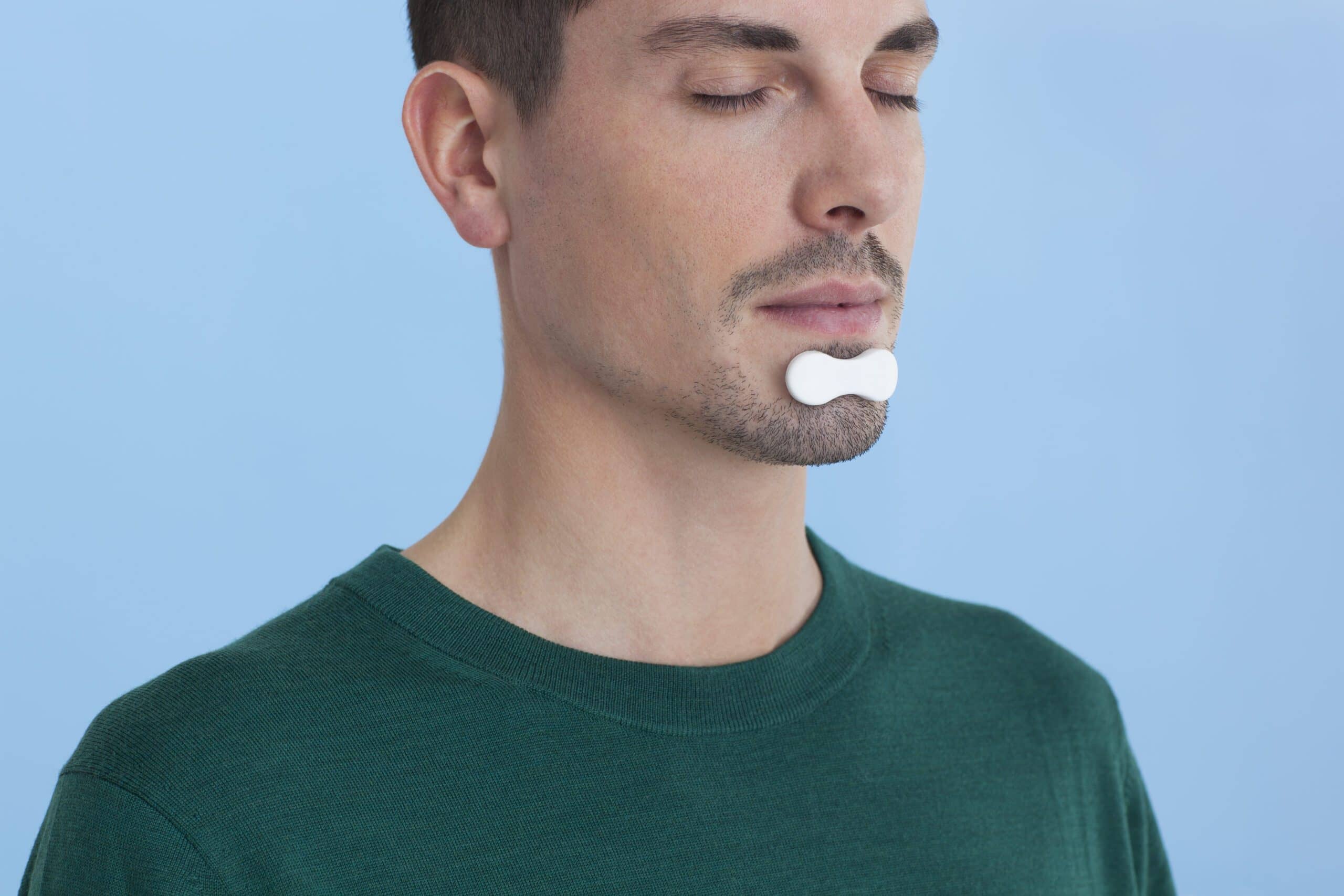A scientific team from the University of Liège Cyclotron Research Centre/In Vivo Imaging (GIGA-CRC-IVI) has demonstrated that the quality of our REM sleep is linked to the activity of the locus coeruleus, a small brain nucleus.
The research, carried out using ultra–high field 7 Tesla MRI, was published in JCI Insight.
The size of a two-cm-long spaghetti, the locus coeruleus is located at the base of the brain in the brainstem. The locus coeruleus, Latin for “blue spot,” owes its name to its color when observed in autopsy. It projects to just about every area of the brain (and to the spinal cord) to secrete a neuromodulator called noradrenaline. Noradrenaline is not only important for stimulating neurons and keeping them awake but also for a whole series of cognitive processes such as memory, emotional processing, stress, and anxiety. Its stimulating activity must diminish to initiate sleep and stop to allow REM sleep, the part of sleep during which we dream the most.
“This allows REM sleep to work without noradrenaline, sorting out the synapses that need to be retained or eliminated during sleep and enabling a new day, full of new experiences,” says Gilles Vandewalle, PhD, co-director of the GIGA CRC-IVI, in a release.
Animal research has already shown that the functioning of this small nucleus is essential for sleep and wakefulness.
“In humans, little has been verified because the small size of the nucleus and its deep position make it difficult to observe it in vivo with conventional MRI,” says Ekaterina Koshmanova, a researcher in the laboratory and first author, in a release. “Thanks to the higher resolution of 7 Tesla MRI, we were able to isolate the nucleus and extract its activity during a simple cognitive task during wakefulness and thus show that the more reactive our locus coeruleus is during the day, the poorer the perceived quality of our sleep and the less intense our REM sleep.”
This seems to be particularly true with advancing age, as this effect was only detected in the individuals aged between 50 and 70 included in the study and not in young adults aged between 18 and 30. This finding could explain why some people become progressively insomniac with age. These initial results also lay the foundations for future studies on the activity of this small nucleus during sleep and the role it could play in insomnia and in the link between sleep and Alzheimer’s disease.
Photo 50890602 © Ljupco | Dreamstime.com







































